Volcanoes and climate
1987/02/01 Eguskitza, Joxe Iturria: Elhuyar aldizkaria
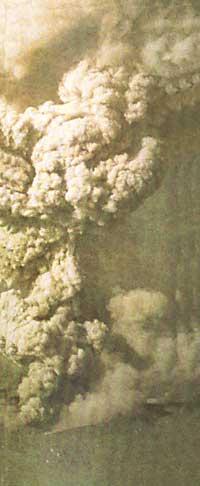
Do we have to go cold this summer? What will this year's winter look like? There are many people around the world trying to answer these kinds of questions. But today weather forecasts are not entirely reliable. Especially those that are announced in the long term, since time on more than one occasion suffers unforeseen changes.
However, and despite not being entirely reliable, these predictions have a fundamental influence on everyday life. It is the case of the agricultural harvest, the preparation of thermal plants for the cold, the prevention of snowfall and floods, etc. These are, therefore, the reasons why physicists, biologists, geographers and other researchers can devote their time and attention to the climate changes that occur on the planet and especially the causes that produce them.
The scientists of the General Geophysical Observatory, located in Leningrad, have accumulated and analyzed in the last hundred (1880-1980) the transparency data of the atmosphere for each solar ray. The balloons have been tested in areas with volcanic eruption products. As a result of volcanic emissions, among other causes, information was received on the chemical composition of the stratosphere instead. And the only conclusion that can be drawn is that volcanoes have an important influence on Earth's climate.
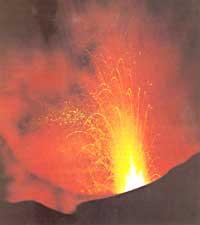
The lower part of the atmosphere consists of two layers of air: the troposphere (composed of an air layer between 8 and 10 kilometers at the height of 16-18 kilometers of the ground and the poles in front of the equator) and the stratosphere (air layer that extends to 50-55 kilometers). An important part of the stratosphere is filled with the ozone layer, in which the temperature is variable, increasing as the height increases.
In the troposphere, however, the temperature decreases with the height. The ozone layer protects the planet's layer from intense short-wave solar radiation due to the absorption and subsequent distribution of harmful ultraviolet radiation to any living being. Therefore, due to the thermal radiation of the ozone, ozone acts as a greenhouse keeping the surface heat.
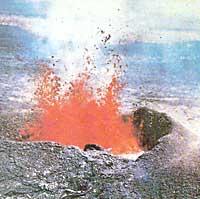
At the beginning stage of the volcano’s activity, before the bapate explosion, numerous gaseous products are launched into the atmosphere: perfumes, carbonic and sulphurous gases, nitrogen oxides... During the eruption, the air is also saturated with the smallest fraction of the remaining hanging volcano powders and CO 2, SO 2, CH 4. The cloud of gas and dust spreads rapidly to the surface and from discontinuities in the troposphere to the stratosphere. Sulphur gas (OS 2) is converted to sulfuric gout.
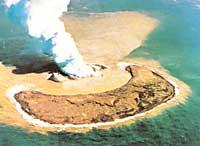
Therefore and as can be deduced, the stratosphere layer consists of aerosols that expand and ventilate progressively. As already determined by studies, its emission time depending on the environment and the eruption power ranges from 0.8 to 1.5 years and we know that in that time interval that emission has sufficient capacity to modify the environmental regime on a planetary scale.

The number of solar radiation suffered is taken into account when determining the climate. In addition, the stratospheric aerosol layer largely reflects solar radiation. Ultraviolet rays are absorbed by himself. Therefore, due to the layer of gas and dust accumulated in the stratosphere, the amount of solar energy that reaches the earth's surface, compared to the usual one, decreases.
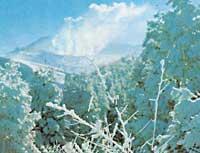
When the emission of ashes and gases is evident, that is, when emitted with large quantity and when the eruptions are frequent, the initial temperature increases: the layer formed by gases and dust acts as protection, as a mantle. Then the average annual temperature decreases on Earth, shifting the ice sheet to Ecuador.
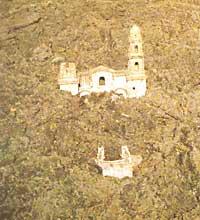
On the other hand, the climate will react more adequately with the eruptions that occur on the continent than with those that occur in the water zones, since the growth of the ice zone increases the capacity for reflection of the planet. However, the above effects can be disoriented over time. As usual, before the time especially known as eruption, emissions of numerous crater gases occur.
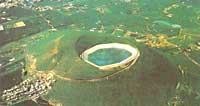
The pulsations of volcanic activity could be one of the main causes of the advance and retreat of the old ice sheet.




